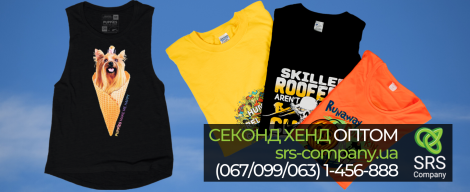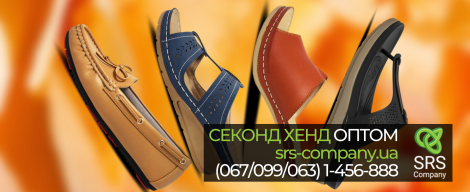 />
/>
In the 40s, the most popular were boots with high legs and heavy army boots. Boots in those days were sewn only from genuine leather. It was a long and painstaking work. At first, wet skin stretched over the leg and was worn for two days. The boots eventually fit perfectly on the foot and their form was purely individual and very well suited to each individual owner. Not everyone could afford such shoes, because its manufacture was expensive, so in 1937 they began to sew the famous tarpaulin boots. A kersey is not leather, but a cotton fabric in several layers, treated with special substances in the form of a film. These shoes were waterproof and durable to wear. For a colder time of the year - winter, boots were invented - a felted boot, which became the subject of military uniforms.
For the fashion of the 50s, for the first time, a heel stylet appeared - a high, slender heel with a built-in metal spike - an shoe innovation in the 50s.
Leather, popular during the war, was slowly replaced by new materials of synthetic origin. By the beginning of the 60s, women's shoes were made of leatherette and fabrics, and by the end of the 60s, most shoes were already made of synthetic material, not leather.
The 60s is perhaps the most interesting period in the creation and modeling of shoes. During this period, boots appeared, which looked beautiful with a miniskirt, a stocking boot, unlike loose boots, snug against the leg, which made the female leg slim and attractive. They were made from different fabrics, both leather and textile. The most memorable fashion trends of those years were go-go boots. They were made of different heights, both to the ankle and high to the hips. With the advent of hippie fashion, all fashion trends were rejected. They wore anything, the main thing is that this would go against fashion trends. Hippies walked barefoot, wore simple sandals and moccasins and bought shoes in retro stores and flea markets. By the way, the first flea markets appeared in 1841 near the walls of Paris. The market was named Marché aux puces (French: “flea market”) because of fleas that lived in clothes and furniture for sale. Later, some enterprising merchants began to sell clean goods at a higher price. In 1885, the market received official recognition by the authorities. The culture of “flea markets” has become widespread in Germany (where they are called Flohmarkt) and in Russia, Belarus (“flea market”). In the USA, there is also a “garage sale”, where unnecessary property is sold inexpensively in a garage or on the lawn near your home.
The seventies were marked by fancy materials for creating and decorating shoes - plastic, leather, fabric, wood. During this period, very few shoes were stitched from plain leather. The combination of several different colors and materials has become very popular. For the first time in Moscow, models of shoes with molded soles began to be produced, which became a fashion squeaky at that time. Here, for the first time, we learned about puffy boots, popularly called “dutiks” or “moon rovers” - the hype was caused by space achievements.
The biggest innovation in the eighties was sports shoes. Tennis shoes of the seventies in the West has evolved into hundreds of different styles and brands, each with its own special design. We have already learned how to add air to the soles - it was comfortable and ergonomic. It was then that the concept of orthopedic shoes was first used, which reduced leg fatigue and allowed people to move faster and longer.
During this period, the fashion for tall boots, already thoroughly forgotten, returned to the USSR. Fashionistas flaunted in over the knee boots and miniskirts. New technologies of the nineties had a huge impact on shoes. Materials such as microfiber, stretch fabric and various synthetic materials have appeared. The models basically repeated the retro style with slight modifications. More sophisticated possibilities for shoe decoration have appeared - computer embroidery and other new methods. Much attention was paid to environmentally friendly shoes and leading companies specially designed shoes for those who wanted to walk only in natural, "breathable" materials. This style can be traced to the present.
In the 90s, women had the opportunity to have a wide selection of shoes. These are comfortable shoes with low heels, high stilettos, and shoes with medium heels, which were made from different types of leather, suede and fabric.
Separately, we can say about couture manufacturers. They decided to give preference to fashionable model shoes. Sandals, shoes, boots and boots with thin heels and medium heels shone on the catwalks.
And what about second-hand shoes today?
With a large availability of goods in stores, the process of choosing shoes takes a long time. Prices in stores for this product today "bite." An alternative to expensive boutiques is second-hand shoes. Second-hand shoes, this does not mean that the shoes are old, torn and not suitable for wearing. SRS Company offers second-hand shoes, which may well serve the new owner for many more years. These are: men's, women's, children's, sports shoes second-hand, work, seasonal shoes. There are also home, model shoes with sales, casual shoes.
Second-hand wholesale from our company is distinguished by a favorable price, including second-hand shoes. The buyer is sure to choose the right product for himself. A flexible discount system for second-hand wholesale will make your purchase even more pleasant!



